Ford, Nissan, Tesla First to Dine at DoE Bailout Buffet
Ford may “just say ‘no’” to TARP (Troubled Asset Relief Program) money that puts them under the control of the PTFOA (Presidential Task Force on Automobiles), but the other wise acronym-aversive automaker doesn’t mind bellying up to the DoE’s (Department of Energy) bailout buffet. Bloomberg‘s mysterious “people familiar with the plans” say Ford, Nissan and Tesla will all dine upon loans from the “original” bailout package: the $25 billion feast created by the 2007 energy bill. The loans were intended to “help automakers boost fleetwide fuel economy.” In February, the DoE said they’d received 75 applications, totaling $38 billion. According to Bloomies, Ford, Nissan and Tesla are the first to get the handouts loans.
Is CAFE Good for Detroit?
The Detroit News covers the report by the University of Michigan’s Transportation Research Institute (because TRI texts are behind a password lock). Authors Walter McManus and Ron Kleinbaum write,
Story after story frames the issue of a struggling industry that will not survive tough fuel economy standards. However, there is substantial evidence that the domestic auto industry has ignored customers’ demands for fuel economy, and has consistently undervalued the impact of fuel economy on their profit potential.
Plus,
Our view is that GM is still not prepared to change enough, fast enough to achieve the transformation it needs to make.
Go on . . .
One Third of Fed's Motown Mega-Buy Assembled Outside the USA
After the GSA and Nancy Pelosi’s office turned down TTAC’s request for a breakdown of the vehicles purchased under the Recovery Act’s Energy-Efficient Federal Motor Vehicle Fleet Procurement program, we went all FOIA. The U.S. General Services Administration (GSA) has now released the info to us (as it should, transparency for the program is promised here). We’ve published the list after the jump, formatting the data by model, number purchased, country of assembly and fuel economy. Exactly 11,319 of the 17,205 vehicles purchased were assembled in the USA. [NB: I’ve provided fuel economy numbers for base versions with automatic transmissions, as per typical fleet practice.]
California Eyes Rolling Resistance
California’s Energy Commission is examining the possibility of a government database and rating system for the fuel efficiency of car and truck tires, reports Modern Tire Dealer. “The foundation of a government administered product rating system is a comprehensive database providing reliable test results and objective information accessible to everyone. A solid analytical basis combined with full disclosure and transparency inspires the confidence required for a rating system to be successful,” says the CEC. “A ranking system driven by the ‘best in class tire’ can ignite a competitive spirit.” Under the CEC proposal, “all tires with an Rolling Resistance Factor (RRF) within 15% of the lowest RRF reported tire for that combined tire size designation and load rating will be rated ‘fuel efficient tire.'”
CARB Plans Post-2016 Emissions Standards
Early reports on the new national emissions/CAFE standard seemed to imply that California would be barred from moving the goalposts again on emissions. Not so, it seems. Automotive News [sub] reports that California’s Air Resource Board (CARB) is preparing the next round of emissions standards, and (surprise!) they will become more strict rather than the other way around. Or, as CARB Chair Mary Nichols puts it, 2016 will see the emergence of “a much more stringent standard.”
CAFE/GHG Standard Loopholes Appear
A joint EPA-DOT document ( PDF) explaining the updated national CAFE/emissions standards reveals a number of the new loopholes that will help automakers slip under the seemingly high standard. To kick things off, the EPA/DOT remind the reader that new standards were assembled using “the art of the possible.” to wit:
“There is a wide range of technologies available for manufacturers to consider in upgrading vehicles to reduce GHG emissions and improve fuel economy.7 These include improvements to the engines such as use of gasoline direct injection and downsized engines that use turbochargers to provide performance similar to that of larger engines, the use of advanced transmissions, increased use of start-stop technology, improvements in tire performance, reductions in vehicle weight, increased use of hybrid and other advanced technologies, and the initial commercialization of electric vehicles and plug-in hybrids. Although many of these technologies are available today, the emissions reductions and fuel economy improvements under consideration for the proposal would be expected to involve more widespread use of these technologies across the fleet.”
Unless they don’t feel like it, of course. Loopholes are just as important as technology.
Obama To Nationalize California Emission Standard By 2016
The NY Times is reporting that President Obama will announce new emissions standards tomorrow that are aimed at ending the discrepancy between Californian and national emissions standards. The federal effort will combine California’s emissions standards with the Corporate Average Fuel Economy standard, creating a unified national benchmark. This will force OEMs to clean up emissions by 30 percent by 2016, while preventing California from moving the goalposts again, say industry officials. The upshot? By 2016 car offerings must average 42mpg while trucks will face a 26.2mpg average requirement.
Diesel Prices Hit Parity With Gasoline
The latest statistics from the Energy Information Administration show that diesel is actually .03 cents per gallon cheaper than gasoline on a national average. Whereas gas prices have risen considerably since their December low, the drop in diesel prices was slower, making the bounceback less extreme. According to CNN, the price parity can be traced to inventory levels. Gasoline inventory has been dropping bringing prices up more sharply. Meanwhile, diesel-making distillate supplies are increasing. Longer term, the Department of Energy expects diesel and gasoline prices to rise but not by as much as had been previously anticipated.
Update: Details of US Car Scrappage Scheme Emerge
In a follow up to E. Niedermeyer’s previous post, details have emerged about the scheme to give rebates to buyers who trade “clunkers” for new, fuel-efficient vehicles. FT.com (Financial Times) reports that the program will cost taxpayers about $4 billion and will spur, according Brian Johnson, an analyst at Barclays Capital, the sale of 3 million units in the “near term” (whatever that means). With the US’ SAAR projected at approximately 9 million, this is a very optimistic prediction.
New NHTSA Rollover Rules: Now How Much Would You Pay?
The Detroit News reports that the NHTSA’s upgrade of roof crush strength standards will add $1.4 billion to the cost of new cars industry-wide, but will save 135 lives per year. Based on the NHTSA’s numbers, the costs will come out to about $54 per vehicle in design costs and another $15 to $62 in added fuel costs. In other words, even the NHTSA admits that uprated roof strength tests do trade off with fuel economy.
Ford Puts F-150 Diesel on Ice
Drive an Economy Car, Save Gas, Lower Gas Prices
Everything has unintended consequences, but sometimes they are positive. A new study commissioned by T&E, the European Federation for Transport and Environment, says there is an overlooked element in the public discussion about corporate fuel economy. Lower overall fuel consumption as caused by more economical cars, T&E says, would lead to lower fuel prices. “Economic benefits of energy conservation policies in Europe are consistently underestimated. But until now very few have made the point that a policy-induced decline of demand for oil could also result in lower oil prices, and hence greater economic benefits.” They’re not talking about the flawed US CAFE system, however.
New Federal Fuel Economy Rules Challenge Mathaletes, True Believers
Surprise! The day after the president told the world that his administration is ignoring public opinion and re-bailing out Chrysler and GM, the Chief Executive’s minions have revealed their new Corporate Average Fuel Economy (CAFE) targets. First, the dig [via the AP]: “Under the changes, which are slightly less stringent than those proposed by the Bush administration [emphasis added], new passenger cars will need to meet 30.2 mpg for the 2011 model year and pickup trucks, sport utility vehicles, and minivans will need to reach 24.1 mpg.” Why the roll-back? David Kelly, acting director of the National Highway Traffic Safety Administration, said Obama’s decision to adopt the old Bush figures “showed the agency had done a good job after two years of work. For as much as people wanted to criticize NHTSA, this is clearly the best step that is out there that is the best step to improve fuel economy and do so in a reasonable way that doesn’t force manufacturers into bankruptcy.” Right. Sorry, I forgot: can’t bankrupt Chrysler and GM. ’K. Math. Fallout. Jump.
CARB So Crazy: California To Ban Black Cars?
Autobloggreen recently got its paws on a presentation (PDF, read the whole thing) from the California Air Resource Board’s public “cool cars workshop.” And let’s just say the thing exudes the kind of bureaucratic overreach heretofore only imagined by folks sporting the latest in tinfoil chapeau. Here’s the logic: cars that get hot when they sit require greater air conditioning, which increases fuel consumption and (tada!) air pollution. And since architectural surface coatings are 25-35 percent reflective, there’s no reason not to require similar levels from auto paint, right? Skyscrapers, cars; potato, potahto. CARB will require vehicle surfaces to reflect at least 20 percent of solar energy by 2012, a figure that no black auto paint can currently achieve. One third of OEM palettes must meet the 20 percent mark by then, and all OEM paints must meet the goal by 2016. Oh, yes, and by 2016 even collision repair shops have to use the special paint. The only mitigation for these rules are if you sufficiently increase the Rd factor of your cars windshield glazing. And just to keep a song in your heart, “other compliance options are under investigation.”
Lower Gas Prices Don't Inspire More Driving
Apologists for business-as-usual in the car game often took to blaming unnaturally high gas prices for last year’s trends towards smaller car sales and fewer vehicle miles traveled. When gas prices go back down, went the argument, Americans will go right back to buying thirsty SUVs and Crossovers and driving more miles. Not true, it seems. The New York Times reports that vehicle miles traveled (VMT) has declined for 14 months in a row now, despite the fact that gas prices are now hovering at about half of their peak levels from last June. “When the decline in American driving was first identified in late 2007, fuel prices were beginning to increase. The prevailing wisdom at the time was that the drop was due to increased fuel prices,” says Doug Hecox of the Federal Highway Administration which monitors traffic on America’s roads. The FHA estimates that VMT has declined by 115 billion miles in the period between November 2007 and December 2008.
Hyundai Ix-onic: For Light Snowfall On The Road To The Future
Everything Is Fine At Pontiac, So Stop Asking Questions
The Rabbit And The Hare
In times of crisis folks tend to look for radical change rather than steady improvement. Before you know it, Steve Jobs is being ( wrongly) touted as the saviour of the auto industry, recent authors are expounding on the Googlification of the industry, and GM is staking everything on the Volt. And I’m not even going to get into the theological implications. But like the old fable of the rabbit and the hare, the steady improvements will be what saves the industry. A study by Carnegie Mellon at Green Car Congress shows that plug-ins with smaller capacity than the Volt’s 40-mile EV range are a more cost effective strategy than the Volt moonshot. Go figure.
Transportation Secretary Considers Pay-Per-Mile Tax
Transportation Secretary Ray La Hood is considering a transportation tax based on miles driven, to replace gasoline tax revenue. “We should look at the vehicular miles program where people are actually clocked on the number of miles that they traveled,” La Hood tells the Freep, echoing proposals being considered by Oregon, Idaho, Rhode Island, Massachusetts and North Carolina. La Hood argues that gasoline tax revenues “can not be relied on” to fund infrastructure maintenance, presumably because relatively high prices have caused a downturn in gas tax revenue. “One of the things I think everyone agrees with around reauthorization of the highway bill is that the highway trust fund is an antiquated system for funding our highways,” LaHood said. “It did work to build the interstate system and it was very effective, there’s no question about that. But the big question now is, We’re into the 21st Century and how are we going to take care of our infrastructure needs … with a highway trust fund that had to be plused up by $8 billion by Congress last year?” For La Hood the answer to that rhetorical question is “by putting GPS chips in your car and charging you by the mile.”
Building A Simpler PHEV
Via Green Car Congress comes a number of perspectives on Plug-In Hybrid (PHEV) adoption fom the 2009 SAE Hybrid Technology Symposium. And there are some interesting lessons to be learned. One consumer study by Dr. Ken Kurani of the UC Davis Institute of Transportation Studies indicates that mainstream consumers favor less PHEV capability than manufacturers are developing. The ITS study asked a sample of plausible early market households (neither pioneers, advocates nor experts) to design their own PHEV, and found that expectations of all-EV range and battery capacity were remarkably low. Says Dr. Kurani, “consumers right now, given the opportunity to manipulate the idea of a plug-in vehicle, are designing not only very different vehicles, they are designing vehicles that are much more possible than the experts are assuming.” How so?
Detroit Embraces Simplicity. For Now.
Holy Mother of Malaise! As the bad news keeps coming for Detroit, the reactions are becoming increasingly agressive. And now word comes from the Detroit News that US automakers are “taking a cue from their Japanese competition” by reducing the number of trim options on their vehicles. “The industry has way too many brands, too many models, too much choice, to be efficient,” Mike Maroone, president and COO of AutoNation, tells the DetN. The import approach of limiting options to trim levels “may not serve every niche but it’s a much more efficient business model.” But despite Detroit’s apparent acceptance that less complexity is a good thing, they still lag behind. Sure, Ford has cut the number of available configurations for the new Fusion from 2,600 in 2008 to 104 in 2009. But GM has only “streamlined” its Malibu and Cobalt to four main trim levels, while Chrysler can brag only of trying to cut its Sebring configurations down to 1,000 versions. On the engine simplification front, Ford is out ahead of its Detroit rivals as well.
Fuel Efficiency Still A Consumer Concern
According to a study by the Consumer Federation of America (PDF), relatively low gas prices haven’t done much to change consumer trends towards more fuel-efficient vehicles. This revelation comes amid claims that small car demand was artificially inflated by high gas prices and increased truck production from General Motors. The survey asked respondents to rate the importance of gas prices, global warming and US dependence on Middle East oil over the next five years, with 76 percent reporting “great concern” for gas prices and energy independence.
Carmakers' Blowback on CA CO2 MPG Regs Nothing But a Gentle Breeze
Now that President Barack Obama has decided to let California raise America’s fleet-wide fuel economy regs to something like a 42mpg average, the automakers are howling with righteous idignation. Not. How could they? Not only would that be impolite to the incoming adminstration, environmentalists, the Democratic party and mother Earth, but GM and Chrysler are now more-or-less owned by the same federal government that just told CA to go for it. The New York Times dusted off ye olde “greedy American automakers are dragging their heels over higher mpg vehicles” template, but really, their heart just isn’t in it. But you’ve gotta give the Gray Lady credit for digging up a least one hysterical Neanderthal. Yes, it’s our old pal David E. Cole, whose Center for Automotive Research (CAR, geddit?) created the widely-quoted and entirely specious study that justified the Motown bailout buffet in the first place (if they go down, 42b workers will hit the soup lines). You can guess what David said, but it’s still fun to read. And wait ’til you don’t hear what Detroit doesn’t say…
TTAC Desert-to-Burning-Desert Eco-Challenge Day 3: Porsches, Whiskey, and Area 51
For this section of the trip to make any sense, I must tell you a story, an important story allowing you a view into one of the Air Force’s most hallowed legends. The story of a bourbon whiskey called Jeremiah Weed, a fighter pilot, a young lieutenant, and how it all involves a Porsche Cayenne and a pursuit for hypermileage….
Would The Most Efficient Midsized Car Please Stand Up?
Poor Ford. All they wanted to do was claim to offer “the most efficient midsized car in America.” “We’ve been pretty clear, probably annoyingly clear, to Toyota that we’re comparing Fusion to Camry,” Ford spokesman Mark Truby tells USA Today (via Daily Tech). After all, the Camry gets a paltry 33 city/34 highway rating from the EPA. At 41/36 mpg, the Fusion is clearly a more efficient mid-sized car than the Camry. But wait!
Will Detroit Surrender on MPGs?
In this morning’s column, Detroit News scribe Daniel Howes’ pointed out that “Road for Autos Runs Through Oval Office.” In other words, GM, Chrysler and perhaps Ford’s fate now rests in the hands of the President of the United States. True dat. Piper. Tune calling. Gold. Rule making. Etc. But Danny wasn’t making the expected plea for Barack’s administration to keep Motown’s hometown heroes out of bankruptcy court until, well, whenever. Oh no, there’s another battle brewing… “President Barack Obama is poised to face an automotive conundrum potentially pitting him, the Detroit auto industry and the more immediate needs of the beleaguered national economy against pressure from environmentalists, fuel economy zealots and the powerful California delegation, including the two members of Congress who escorted him to his inauguration.” Translation: Danny’s signaling Detroit’s “need” to resist state-based hoikment of fleet-wide federal fuel economy standards. In this, he’s not alone…
Congress Calls for Clunker-Culling
“Cash for Clunker” policies have been enacted in a number of developed countries as a conveniently “green” way to stimulate new car sales. The idea is sold as a greenhouse gas-reducing measure which provides tax credits for removing older, less-efficient models from the road. Of course the point isn’t to get people out of cars or permanently reduce the number of GHG-emitting vehicles: to claim credits, you typically have to buy a new car. Texas already has its own take on the debt for more debt swap. And now the Congress– well the auto industry anyway– wants a piece of the action. Hence the Accelerated Retirement of Inefficient Vehicles Retirement Act of 2009.
You Go To War With The Neighborhood Electric Vehicle You Have, Not The Neighborhood Electric Vehicle You Want
From Defense News comes word that the United States Army is purchasing 4,000 neighborhood electric vehicles(NEVs) for use as on-base transport. Six of Chrysler’s Global Electric Motors (GEM) NEVs were delivered in a ceremony at Fort Meyer which was probably intended to highlight the army’s long-term efficiency goals. But something must have been lost in the bureaucratic translation. “We hope by showing the rest of the country what we can do with electric vehicles we can potentially drive the technology and the market, including the Chevy Volt [and] the Tesla that are out there now, and show a greater demand,” said Paul Bollinger, deputy assistant secretary of the Army for Energy and Partnerships. I’m sorry sir, but what does the military have to do with a car that doesn’t exist and a $100k sportstoy? The NEVs probably make a lot of sense for on-base, especially if they can give it a sweet military nickname to wipe out memories of the cutesy GEM moniker. But seriously, Volt and Tesla? Whiskey Tango Foxtrot? Once the military reaches for its wallet though, there’s no knowing what might happen.
Bailout Watch 337: New York Times Calls for 40mpg by 2020
The federal bailout bucks propping-up GM and Chrysler’s bankrupt businesses come with political strings attached– that will turn into piano wire with each successive snuffle at the trough. And so it begins… Yesterday’s New York Times editorial called for higher federally mandated fuel economy standards. “[Now that Bush is history] The Obama administration now has a free hand to set its own standards that will save consumers money at the pump, reduce oil dependency and greenhouse gases, and help make the American car companies more competitive. The 2007 energy bill required new cars and trucks to meet a fleetwide average of 35 miles per gallon by 2020, a 40 percent increase over today’s average of 25 m.p.g. Congress intended this as a floor, not a ceiling, and ordered the National Highway Traffic Safety Administration to write specific regulations.” Uh-oh…
New Jaguar Diesel Press Release Leaks Ahead of Embargo
Jaguar XF Diesel S – 3.0 V6 with 271 hp, 442 lb/ft of torque. Will do 0-60 in 5.9, rated at 35 MPG (US) average. A 236 hp version of the same 3.0 liter engine will be available.
Not for North America. (Consolation prize: we will get the 5.0 liter Supercharged gasoline V8 with 503 hp next year). Full embargo-broken press release after the jump.
Mercedes A, B Class Get Down In Motown
If you journey to the Detroit Auto Show this winter, you will get a chance to see the new Mercedes A and B Class models. I know, I know. Who cares, right? (No points for guessing Automotive News [sub]) Especially since the Benz Boys will be headlining their Concept BlueZero hybrid/alt-fuel roadshow at the wasteland formerly known as the Detroit Auto Show. But did you know that all of those fancy futuremobiles will be based on the “sandwich board” platform which first debuted in production on the original A-Class? Apparently it makes for a lot of flexibility with powertrain choices. The new A and B will ditch the intriguing but space-limiting concept for a standard FWD layout, but at least the B and “likely” the A as are headed stateside sometime in 2011. Absent a GM bankruptcy-triggered end of times, of course. And though we won’t be in Detroit to snap our own photos of these Euro-hatches (right, boss?), their American ambitions bring up a wrinkle on the stimulating discussion on our national ambivalence towards compact cars.
America's Compact Complex
The NY Times explores one of the great riddles of the automotive world today, namely Detroit’s near-pathological inability to consistently produce quality compact cars. Scribe Rob Sass revisits the development of American compacts, and concludes that in addition to being hurt by low historic concern for fuel economy, compacts “had the bad luck of being produced by chronically undercapitalized independent automakers. These compacts were not particularly thrifty, had no distinctive engineering features and rather than being stylish but sensible, they were simply cheap and frumpy.” And as appealing as many classic American compacts now are as collectibles, the argument rings true.
Alternative Energy Funding Drying Up
The New York Times reports that a casualty of lower oil and gas prices: interest in funding renewable energy projects. Among the Times’ laundry list of programs hurting for money: Tesla (duh), corn ethanol (hooray), other biofuels, and wind and solar power. The financial troubles are the consequence of a pretty simple financial concept – that there’s only so much money to go around. And we hear there’s a credit crunch in progress. So with gas and oil coming down in price, renewable energy isn’t where opportunistic investors want to be risking their somewhat-limited resources. The depressing part of the story is this all-too-obvious observation from Times writer Clifford Kraus:
Ford Scores [An Additional] $10m in Taxpayer Money for EV Fleet
Let Them Eat Strudel: Porsche Chief Dismisses Move to Smaller Cars
Wal-Mart Ripe For The Pickens?
NYT: Drill, Baby, Drill
From a crowd-pleasing chant at the Republican National Convention to op-eds at the New York Times, the refrain “Drill, Baby, Drill” is looming large in the American psyche. In the Gray Lady’s pages, Robert Hahn of the American Enterprise Institute and Peter Passel of the Milkin Institute (motto: Milkin’ The Issues) investigate the idea of penetrating mother Earth for more of that sweet, sweet dino juice. Opponents of drilling offshore and oil extraction in the Arctic National Wildlife Preserve (ANWR) argue that the benefits would be marginal. Hahn and Passel don’t necessarily disagree. They reckon 7b barrels could be pulled from ANWR, with another 11b available offshore, Hahn and Passel estimate the U.S. could thusly increase output by six percent, resulting in a 1.3 percent drop in worldwide prices. Meh. But the two argue that at $100/barrel, that oil would be worth nearly $2t not including the benefits of reduced pump prices for consumers. Development costs including environmental clean-ups would cost only $400b, making drilling an “economic no-brainer.” Hahn and Passel estimate the “non-use value” of ANWR at “only” $11b. The authors could “imagine a political bargain in which several hundred billion dollars went into a fund with a charter to preserve wilderness in the United States, or climate-stabilizing rainforests in Africa and Latin America.” In short, to protect the environment we must defile the environment. In reality, drlling is one of those idealism vs. pragmatism issues where win-win is a no-no. As long as the “Drill, Baby, Drill” refrain is still echoing out of St Paul, this kind of compromise is a long way off.






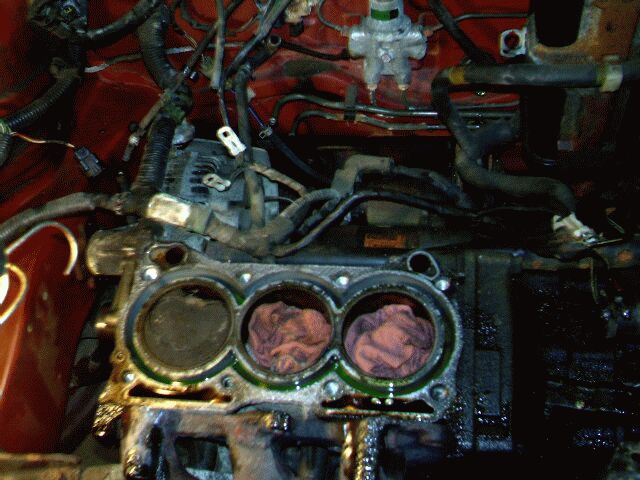

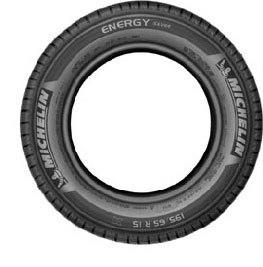
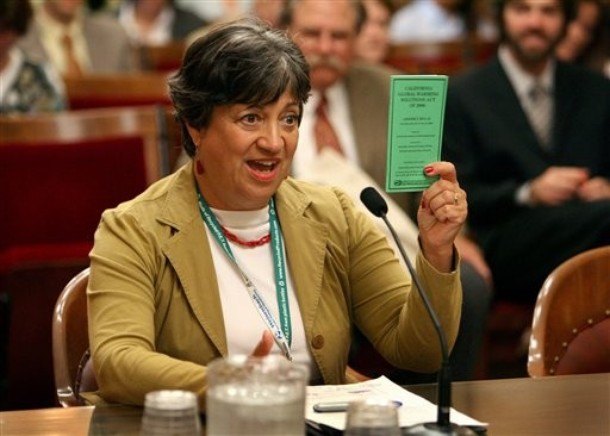

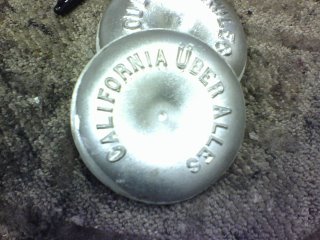
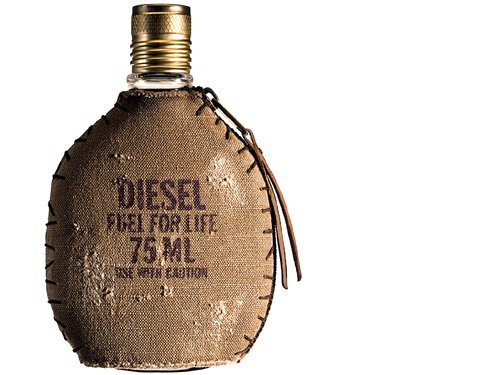


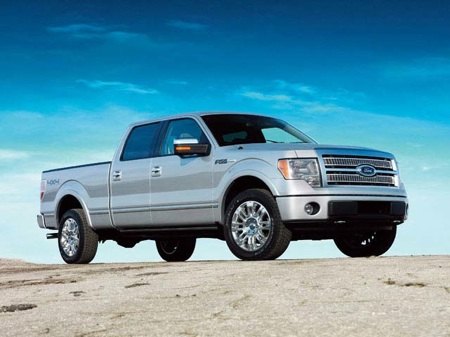
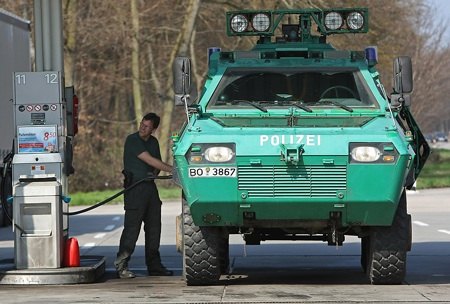

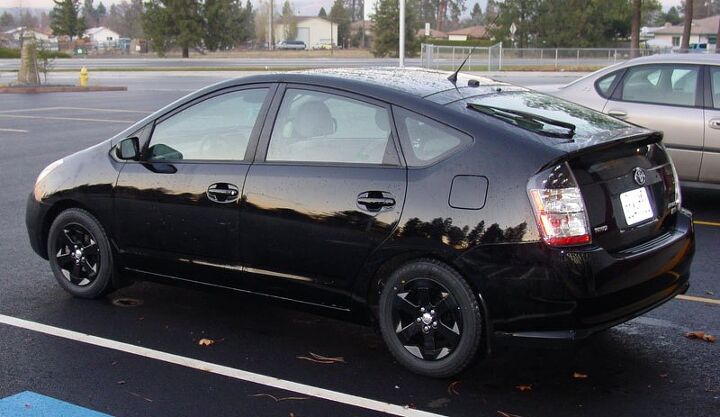
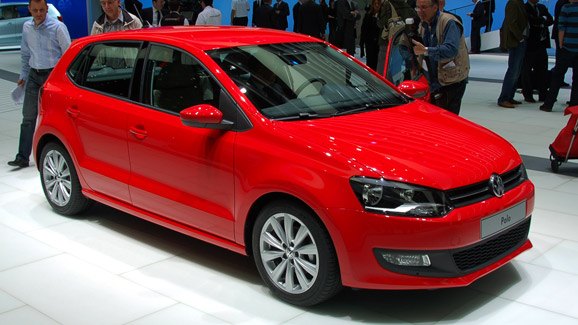
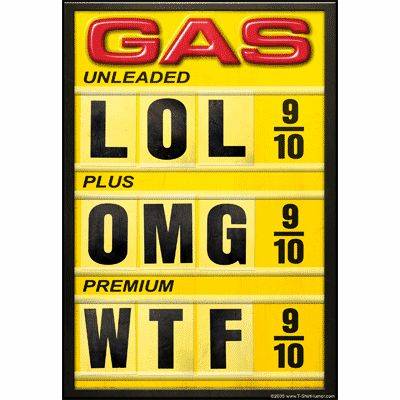


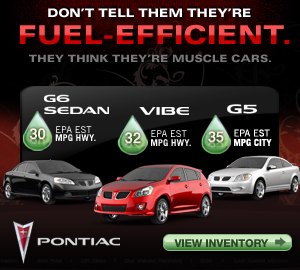
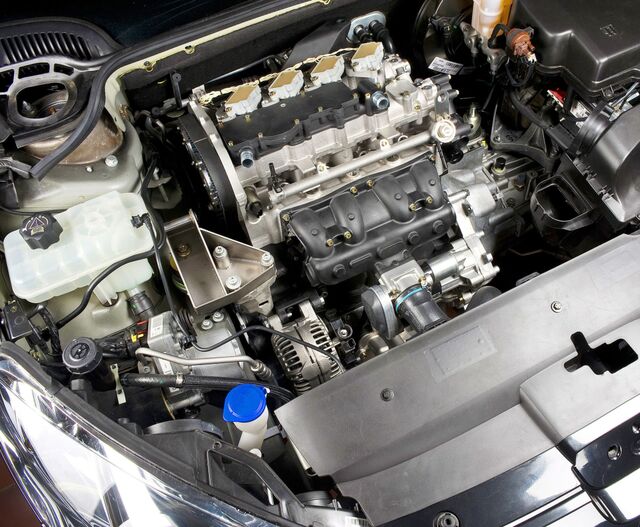



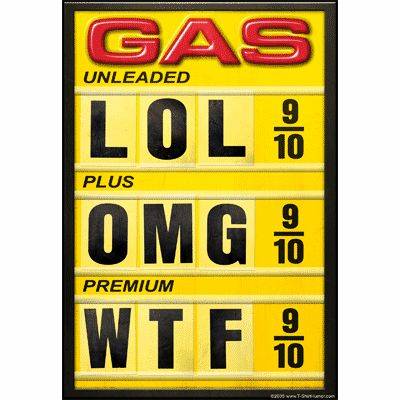

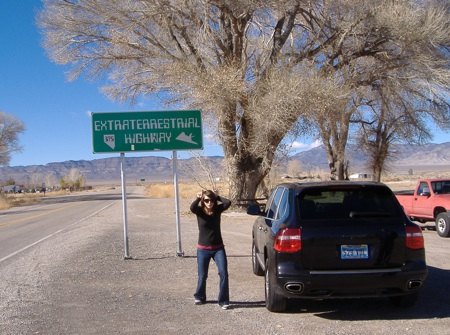


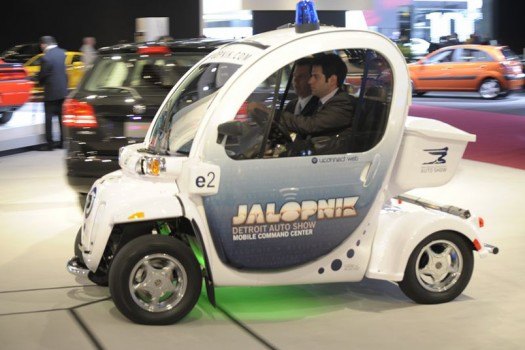


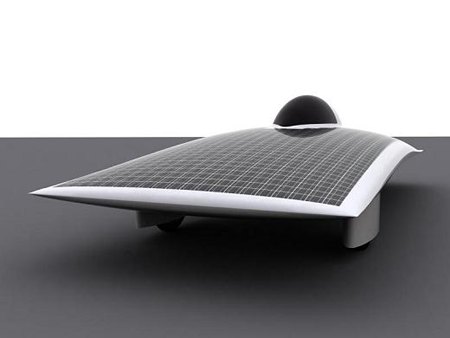
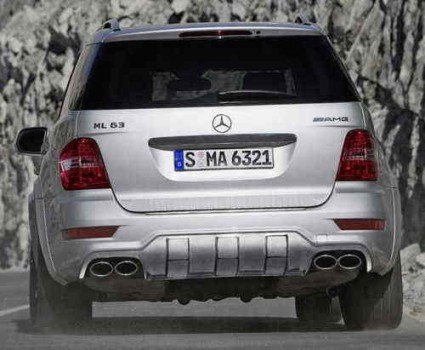

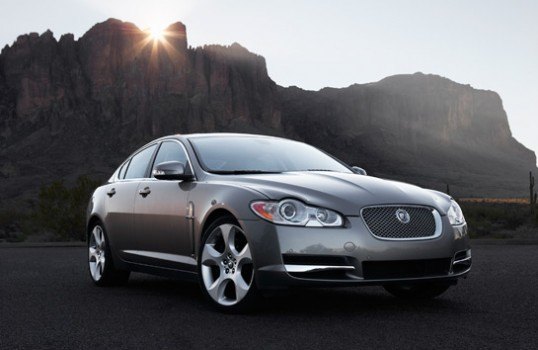
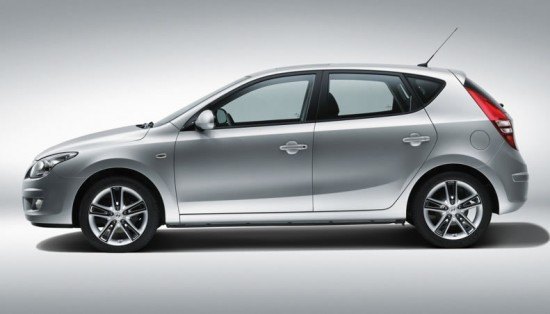




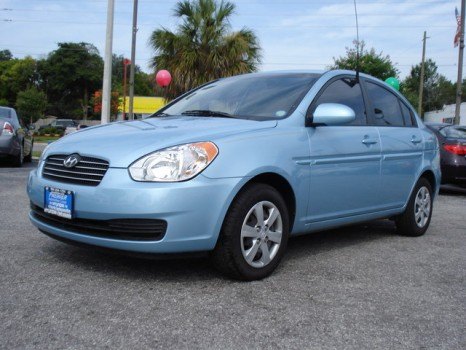


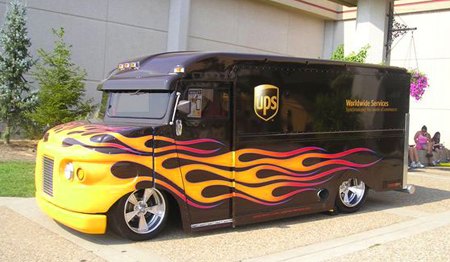

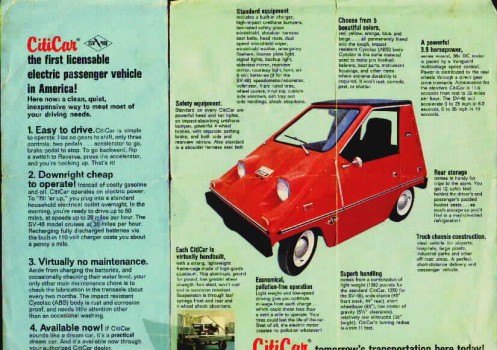

![Ford Scores [An Additional] $10m in Taxpayer Money for EV Fleet](https://cdn-fastly.thetruthaboutcars.com/media/2022/06/28/8398614/ford-scores-an-additional-10m-in-taxpayer-money-for-ev-fleet.jpg?size=720x845&nocrop=1)




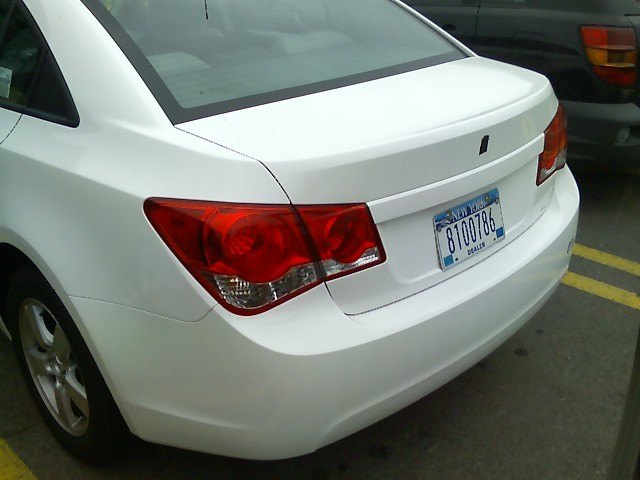
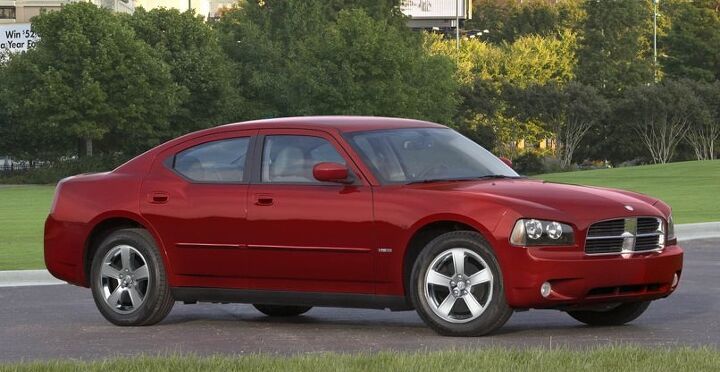












Recent Comments